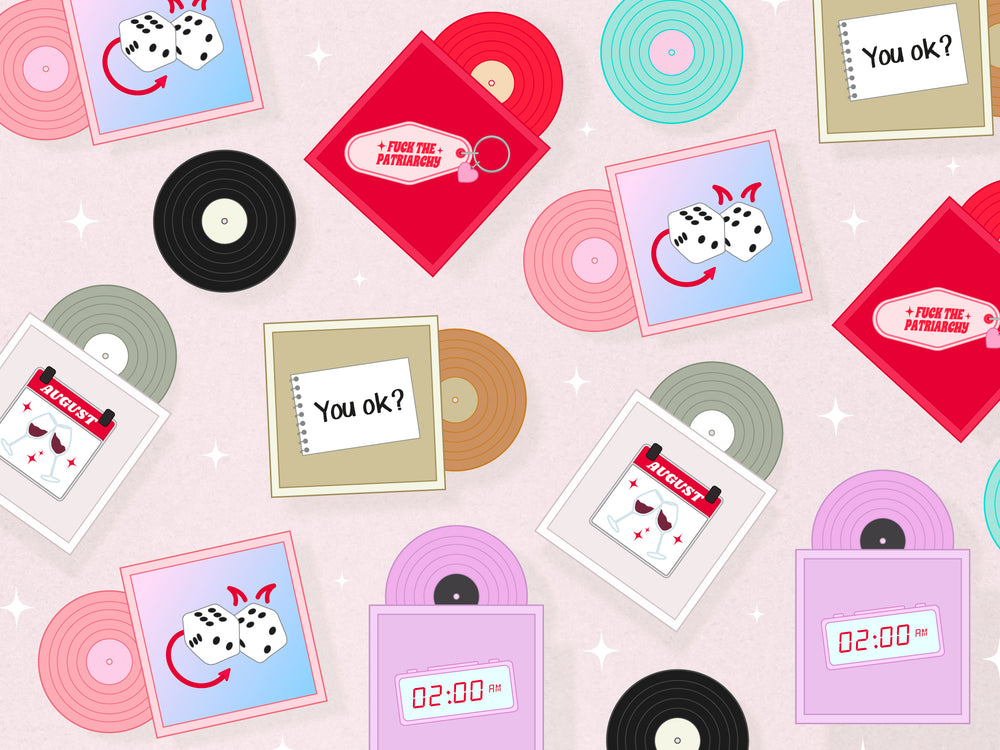A
Agender: A person who feels they have no gender or a lack of gender. Often identifying as genderless or gender neutral.
Asexual: An adjective used to describe someone who does not feel or experience sexual attraction or desires.
Androgyne: A term used to describe a person who feels both masculine and feminine, like their gender is between both ‘male’ and ‘female’.
Ally: Someone who not only supports but also considers themselves a friend to the LGBTQ+ community.
B
Bisexual: A person who is both emotionally and physically attracted to more than one gender.
Bigender: Someone who feels that they have two genders, where they have both masculine and feminine qualities and may move between both female and male identities.
Bi-curious: To be bi-curious means that you are interested in having a same-sex relationship/experience, but you don’t necessarily refer to yourself as bisexual.
C
Cross dresser: Cross dressing is the act of someone dressing in clothes typically thought to be worn by the opposite sex.
Cisgender: Relates to someone who identifies as the sex they was assigned at birth. Someone who is cisgender can have any sort of sexual preference. For example, you can be a male identifying as a male (cisgender) but be straight, gay, queer bisexual etc.
Coming out: A term used to explain the lifelong process that LGBTQ+ people go through to share their sexual orientation or gender identity with either themselves or others.
Closeted: Someone who is not open about their own sexual orientation or gender identity.
D
Drag: An abbreviation for ‘Dressed Resembling A Girl’ Drag is an art form where a person will dress in clothing of the opposite sex and act with flamboyancy and exaggerated femininity often for entertainment purposes. We often call these types of performance artists Drag Queens/Kings.
Demisexual: A term that describes someone who needs to form a strong emotional bond or connection with someone before they will feel sexually attracted to them.
Deadnaming: When a trans person changes their name and people still call them by their former name.
G
Gay: The term used to describe a man who is sexually or romantically attracted to men. Gay can also be used to describe lesbian sexuality.
H
Homosexual: A term for someone who is attracted to someone who is of the same sex.
Heterosexual: A term for someone who is attracted to someone who is of the opposite sex.
I
Intersex: Someone who is born with a reproductive or sexual anatomy that doesn’t fit the typical definitions of a male or female.
L
Lesbian: Used to describe when a woman is exclusively attracted to women only.
LGBTQ+: This stands for lesbian, gay, bisexual, transgender and queer (or questioning) and the + stands for any others within these communities.
N
Non-Binary: A term used to describe someone who doesn’t feel they fit into either category of ‘man’ or ‘woman’ so instead identifies as non-binary.
O
Out: Someone who is comfortable and open with their sexual orientation or gender identity can be referred to as ‘out’.
Outed: To publicly expose someone’s sexual orientation or gender identity, this is often referred to in a negative way in the sense that the person may not have been comfortable or happy with this happening.
P
Pansexual: Someone who is attracted to all genders. A pansexual person determines attraction by emotional and sexual connections and sees gender as irrelevant to who they fall for.
Pronoun: A word used to describe and refer to someone’s gender in conversation. As an example him, her, she, he.
Polyamorous: By definition to be polyamorous means loving more than one person. Being in a polyamorous relationship could mean having multiple sexual or romantic relationships at one time, where all partners involved have given consent.
Q
Queer: A word that has since been reclaimed from its negative derogatory nature. Many people prefer to identify as queer as it’s a much wider and more fluid term. Queer is a term that refers to someone who is for sexual and gender minorities who are not heterosexual or cisgender.
S
Straight: A term to describe someone who is emotionally and physically attracted to people of their opposite gender.
Sexual Orientation: A way of referring to the gender to which someone is attracted to.
T
Transgender: Used to describe someone who’s gender identity is different from the sex they were assigned at birth. You may often hear this being abbreviated to trans.
Transitioning: The process in which a transgender person will start to live as the gender which they want to identify as. There are many different ways a transgender person can transition, from changing their name to taking hormones and undergoing surgery.






